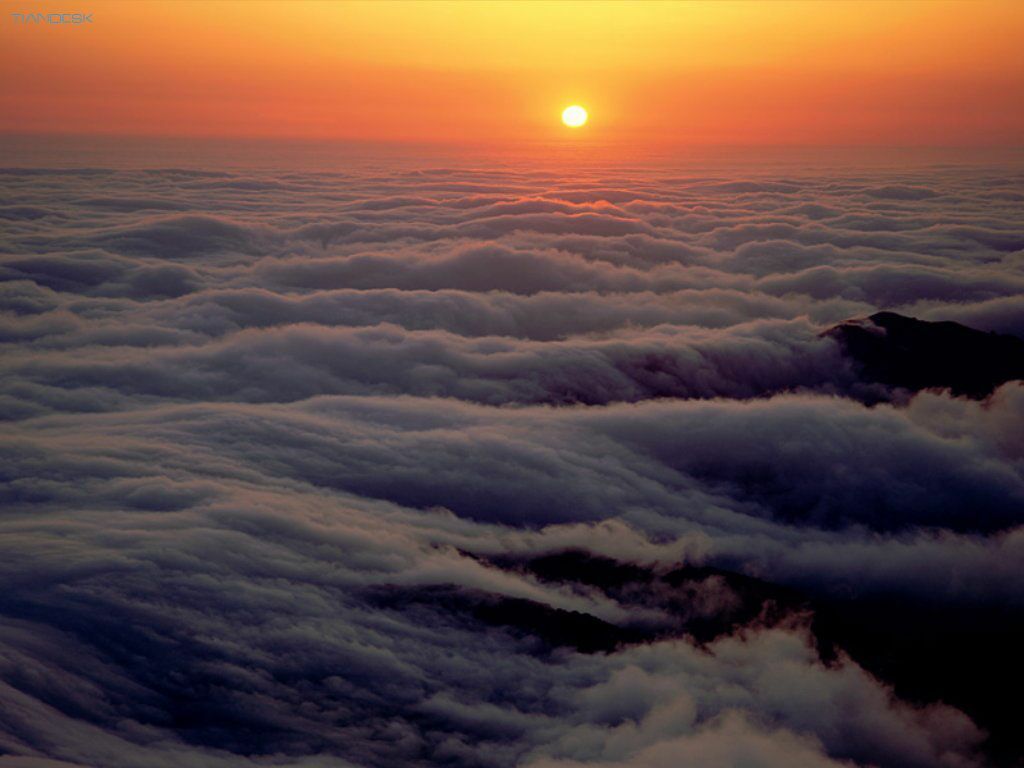interesting clouds facts
November 16, 2009 | In: Nature Facts

Clouds are formed of water that has evaporated from rivers, lakes, oceans …..
The essentials of the modern nomenclature system for clouds were proposed by Luke Howard, a British manufacturing chemist and an amateur meteorologist with broad interests in science.
There are 10 basic clouds classified according to their height and appearance.
The biggest clouds are cumulonimbus, climbing up to 9.7 kilometers (6 miles) high and holding up to half a million tons of water.
Clouds develop vertically or horizontally.
Saturn has some clouds composed of droplets of liquid methane.
Dark gray clouds that produces rain is called nimbostratus cloud, the name of this cloud comes from the latin word “Nimbo” meaning rain.
Cirrus Clouds form only at high altitudes, about 7 km above the earth’s surface.
Altostratus clouds form when a large lifted air mass is condensed, usually from a frontal system, and can bring rain or snow.
Precipitation is formed when cloud droplets or crystals grow too heavy to remain suspended in the atmosphere, and they fall to Earth’s surface.
The highest clouds are called noctilucent clouds. They form about 50 miles (80 km) high, much higher than ordinary clouds, which are typically at most about 10 miles (16 km) high.
Noctilucent clouds can be seen only during a forty-minute interval on early summer evenings, in the latitude range of 50-60 degrees north or south of the equator.
They are extremely thin, typically with a pearly bluish tint. Scientists who study them think they are probably made of water ice that condenses on particles created by meteors that have burned up in the atmosphere.




